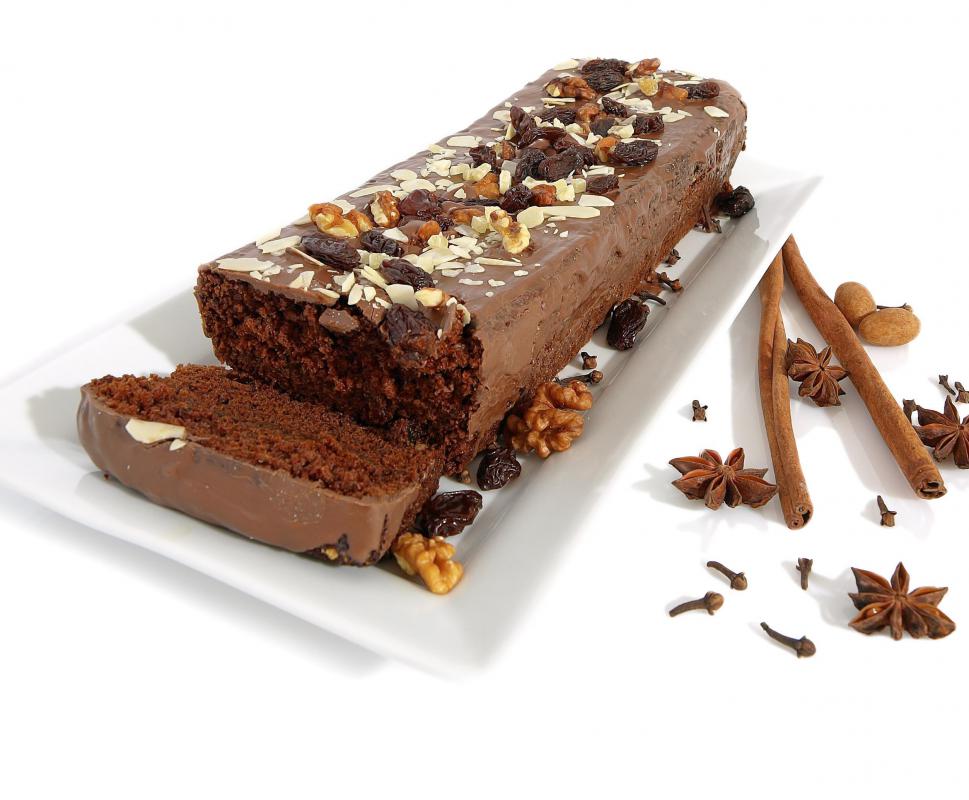At DelightedCooking, we're committed to delivering accurate, trustworthy information. Our expert-authored content is rigorously fact-checked and sourced from credible authorities. Discover how we uphold the highest standards in providing you with reliable knowledge.
Is There a Difference between Anise and Fennel?
Anise and fennel are both in the Apiaceae family of plants but they are in different genuses. Both are used as medicines and flavorings, and they taste similar to one another. The seeds of these two plants can often be used interchangeably in culinary dishes, but only fennel has edible leaves and stalks. Though they look similar, there are differences in these plants that make them easy to tell apart.
Known scientifically as Pimpinella anisim, anise grows to heights of 3 feet (0.9 meters) and has long stalks with feathery leaves. When it blooms, the anise plant is covered with small, white flowers that emerge from the ends of the stalks. Fennel, Foeniculum volgare, also grows on stalks with small, thin leaves, but the base of the plant is in the form of a bulb from which the stalks emerge. Small yellow flowers appear on the ends of the stalks, which can grow to heights of over 8.2 feet (2.5 meters).

Many of the similarities between anise and fennel are present because these plants are in the same family. They are also related to licorice, tarragon, carrots, celery, and hemlock, the last of which is extremely poisonous. Anise and fennel are both native to regions of Europe, Africa, and the Middle East that border the Mediterranean Sea, though anise also grows in throughout Asia.

Both anise and fennel may be eaten, but different parts of each plants are edible. In the case of anise, the small fruits and seeds may be eaten or dried and used as a spice. An oil can also be pressed from the fruit and used to give dishes a distinctive flavor, similar to that of licorice. Many parts of the fennel plant are edible. The leaves, seeds, stems and bulbs of the plant can be eaten raw or cooked and have a flavor that is similar to, though milder, than anise.

Medicinally, anise and fennel are used for very different purposes. Anise seeds have been used for thousands of years as a remedy for persistent cough, excessive gas, and bad breath. Any edible part of the fennel plant can be used as an anti-inflammatory, to treat stomach discomfort, or as a diuretic.
AS FEATURED ON:
AS FEATURED ON:
















Discussion Comments
@serenesurface-- Actually, star anise that grows in China and other Asian countries does not belong to the same family as the anise described here. It belongs to the Illiciaceae family.
The confusion about anise and fennel arises from the fact that we usually use the names interchangeably for both plants. It's their similar licorice like flavor that has made people think that these are the same or in the same family but they're not.
A great way to remember the difference is that we can only eat the seeds of the anise plant whereas we can eat other parts of the fennel plant as the article also described.
@ddlohn-- I believe you. And keep in mind that the type of anise and fennel used, the region where they grew and their freshness can also result in small differences in taste and flavor. The star anise grown in Asia for example, doesn't taste exactly the same as the anise grown in the Middle East.
But for the most part, when it comes to flavoring certain dishes or baked goods, they could be used interchangeably. Although I do prefer fennel for breads and stews and anise for cookies and candy.
I use both anise and fennel. Although they do smell and taste similar, there is also a noticeable difference between them. Anise seems to have a sharper, stronger scent and flavor. Fennel is a bit more mellow to me. I don't know if anyone else feels this way though. Maybe it's just in my head but I can always tell them apart in recipes.
Post your comments